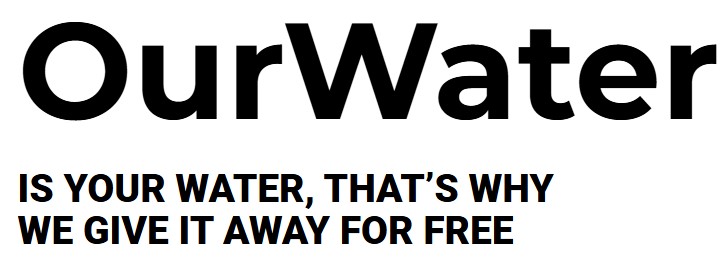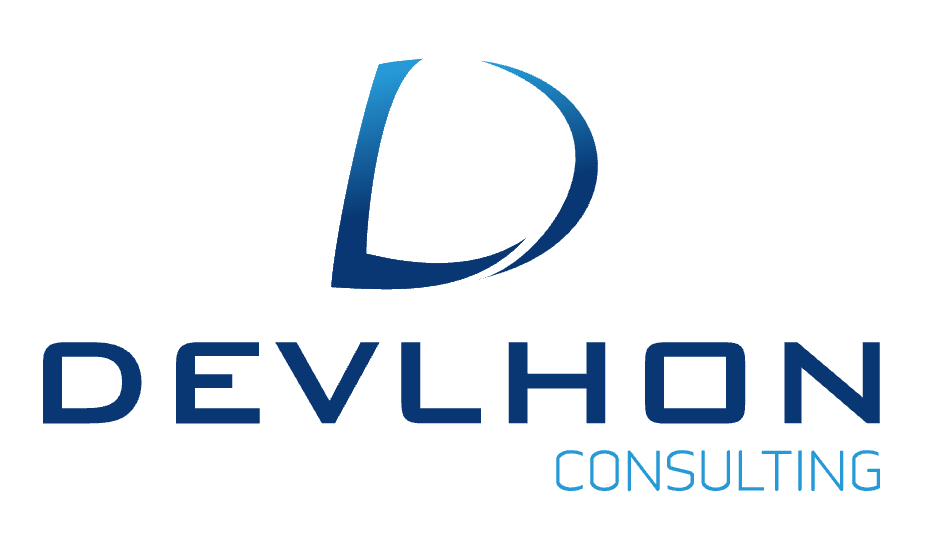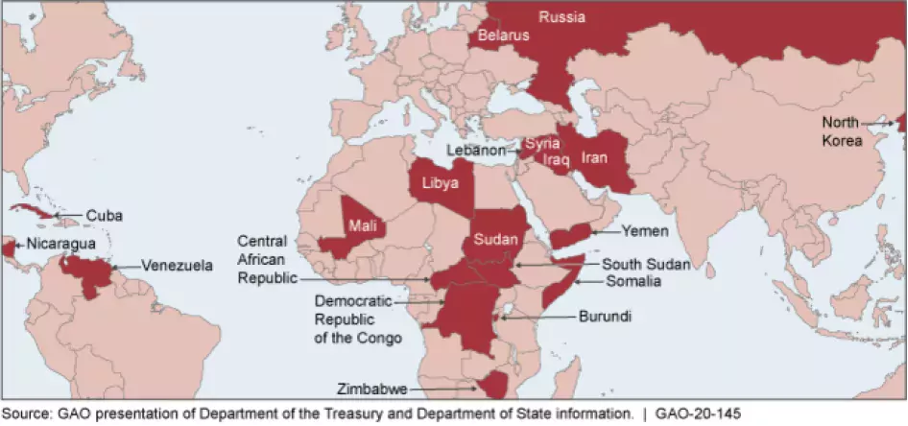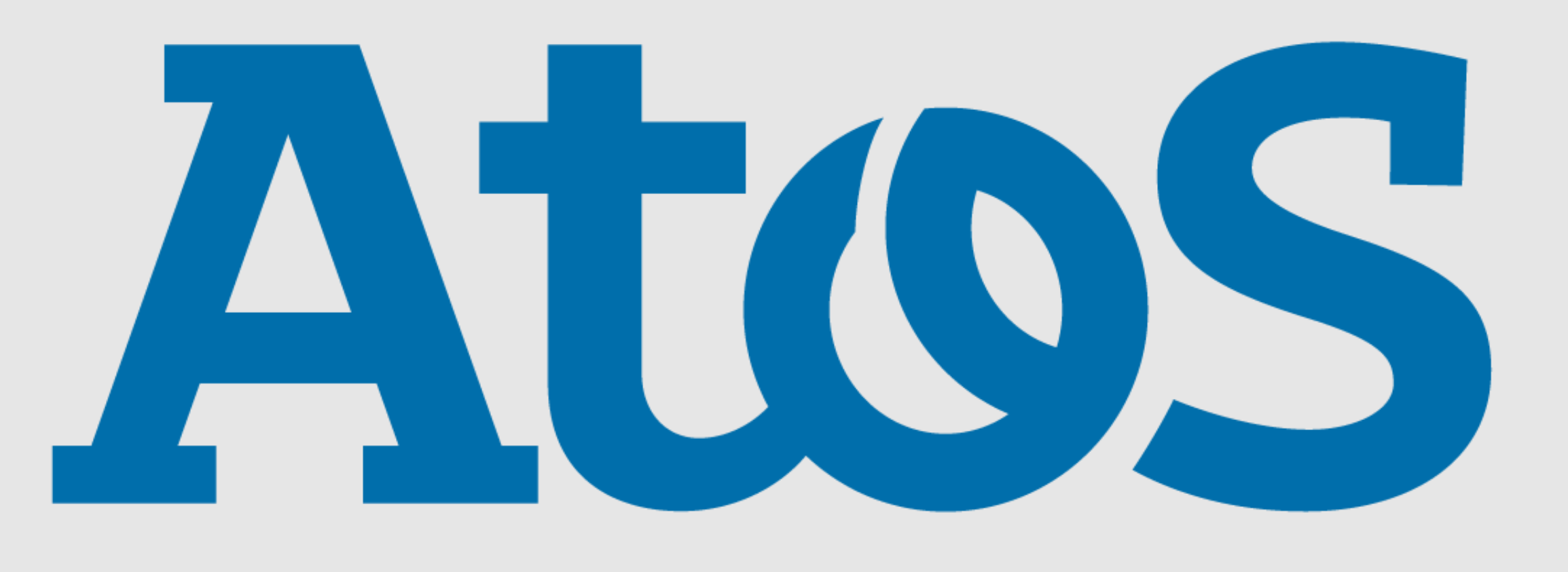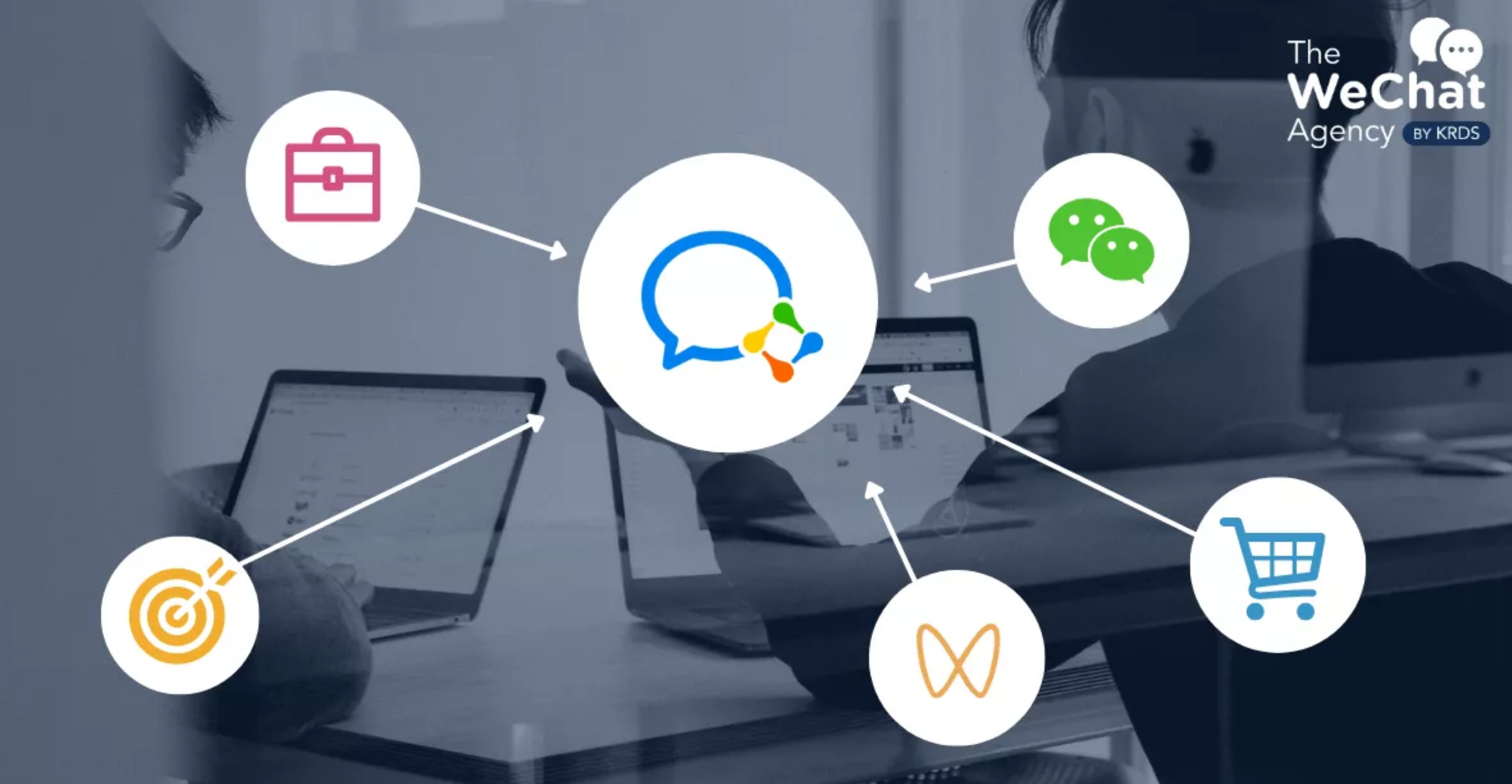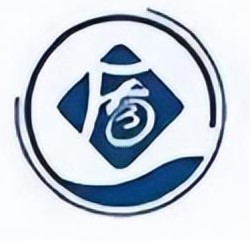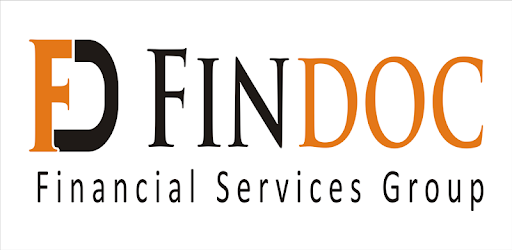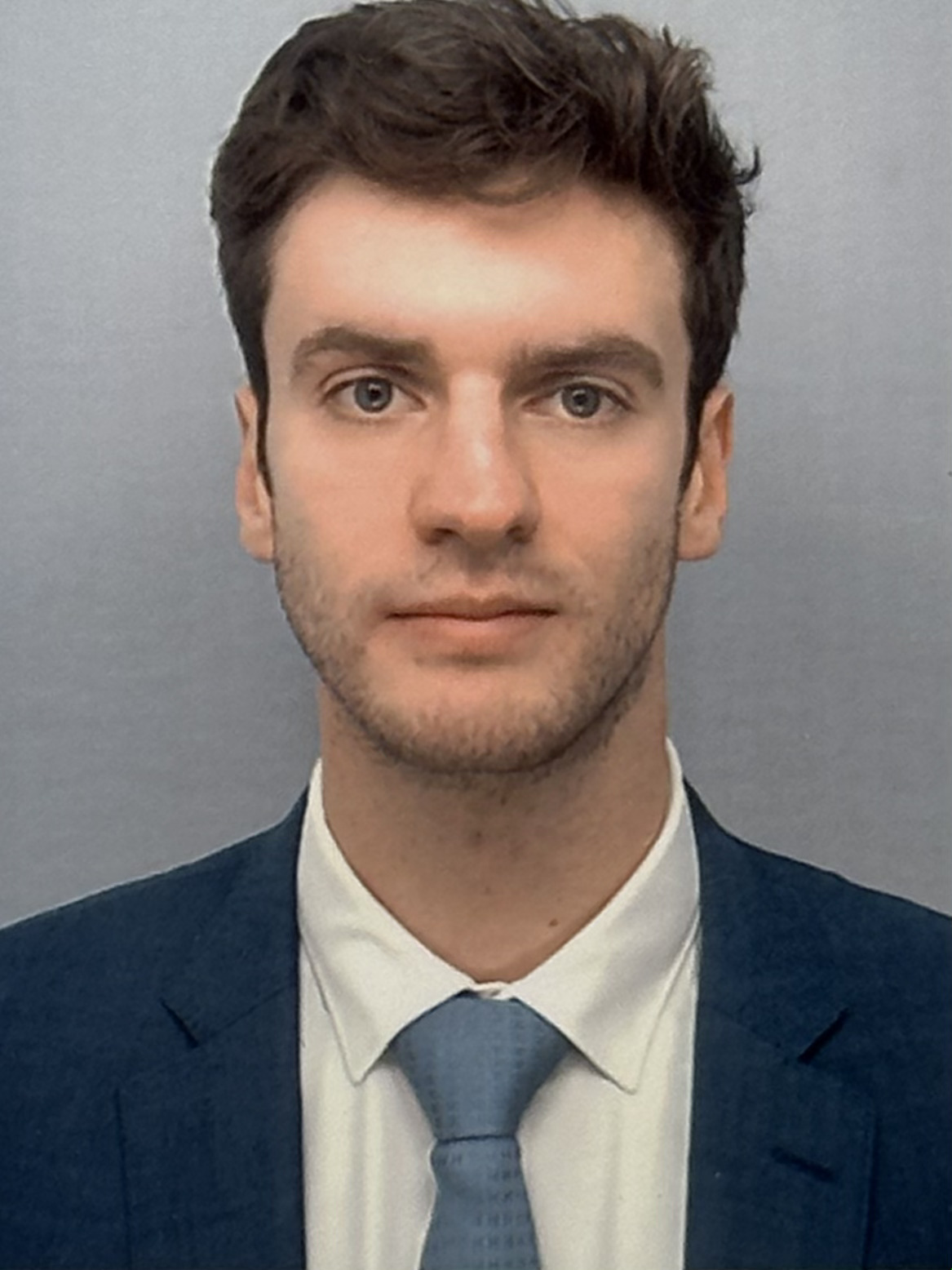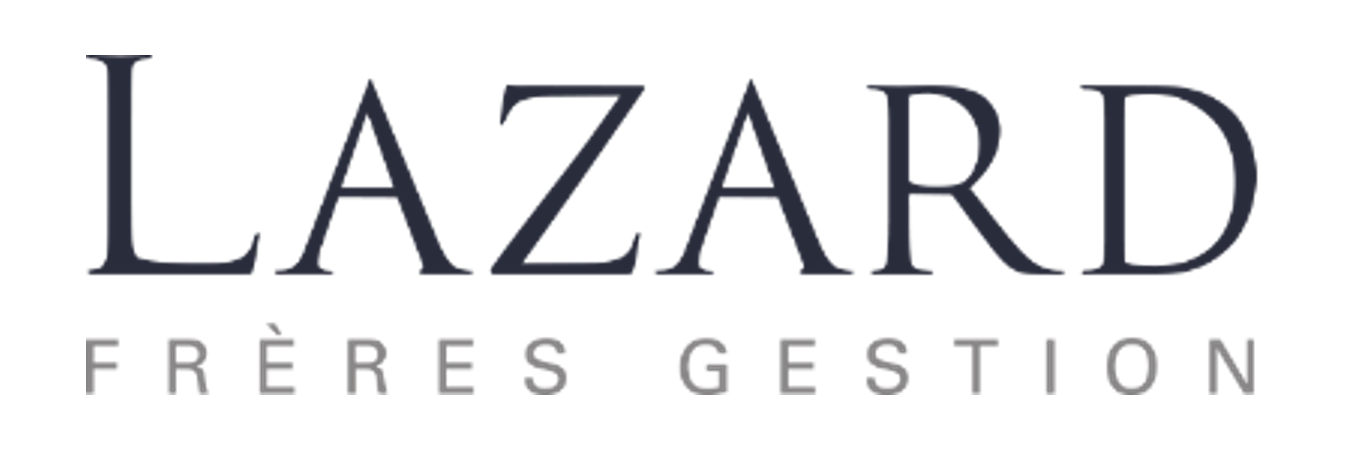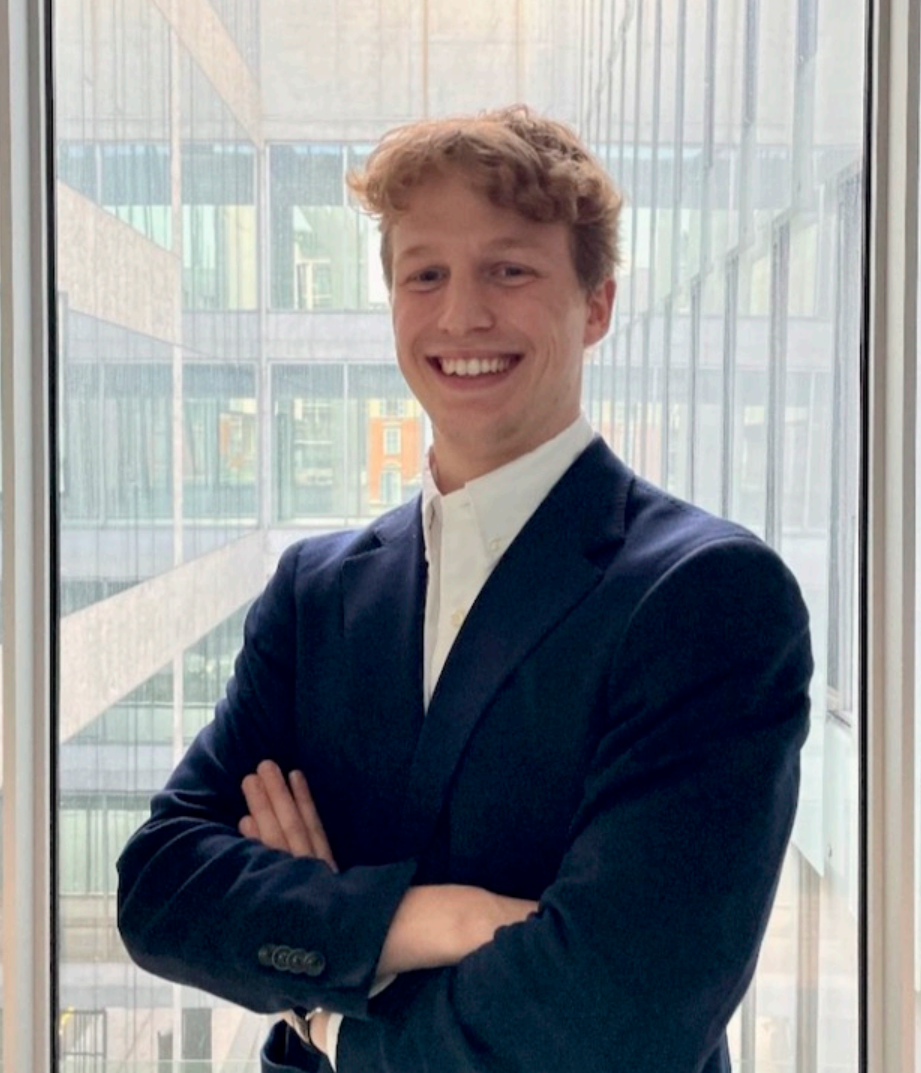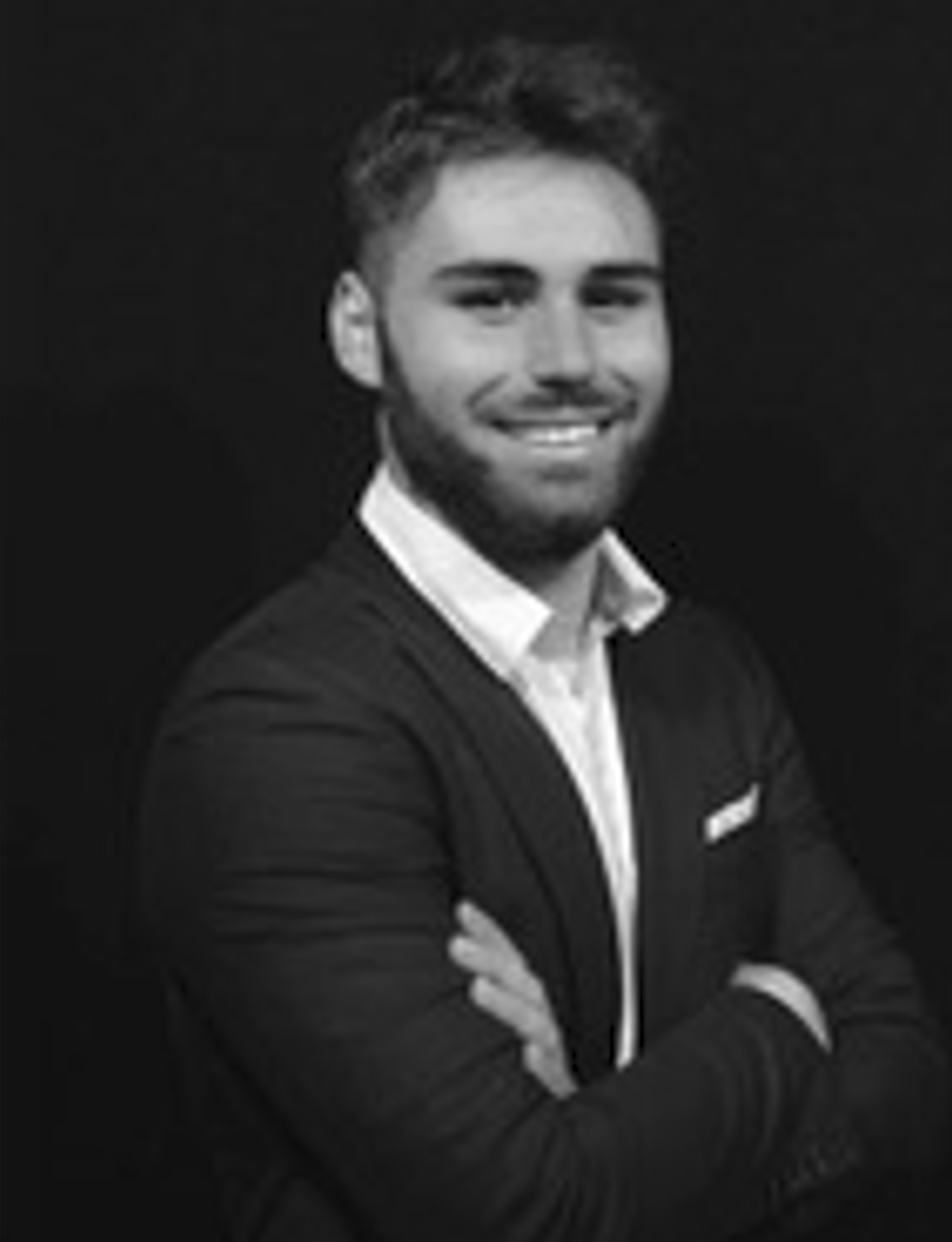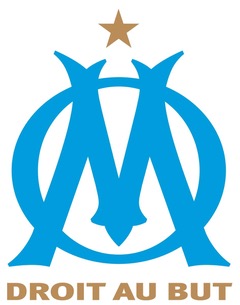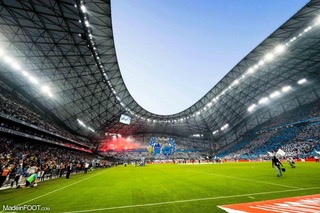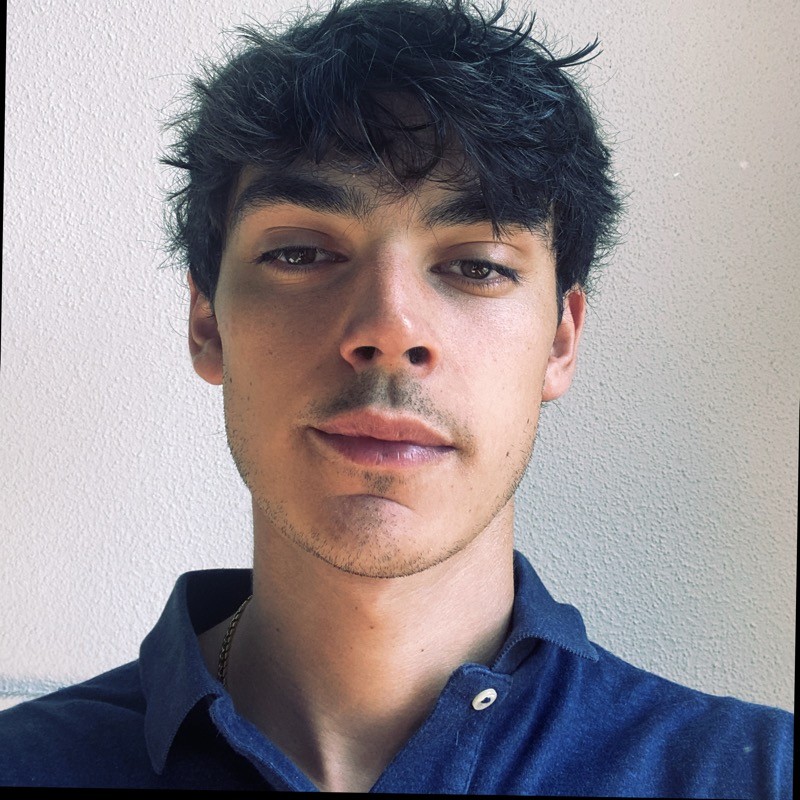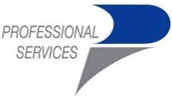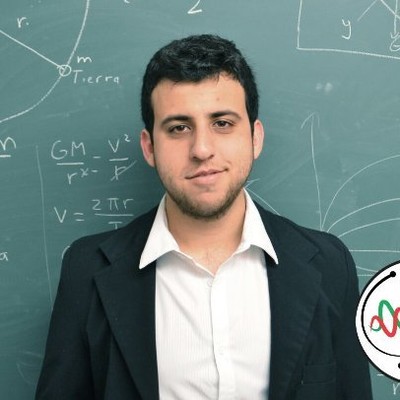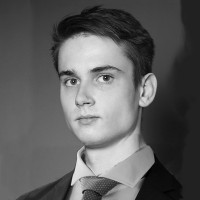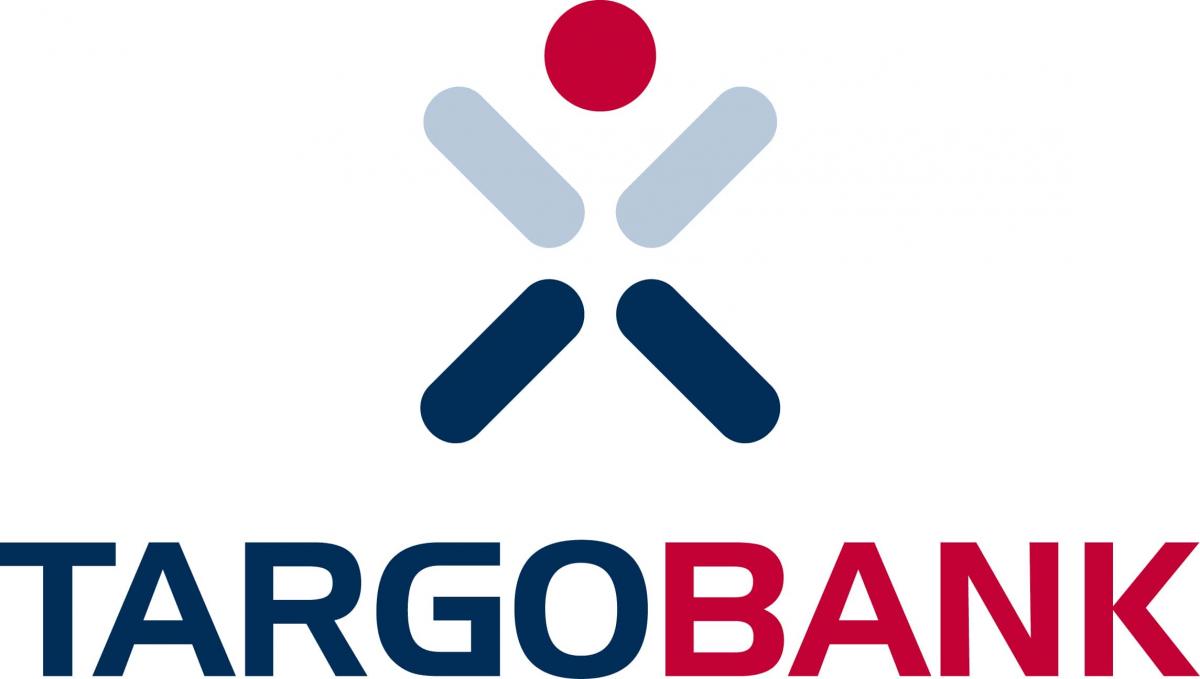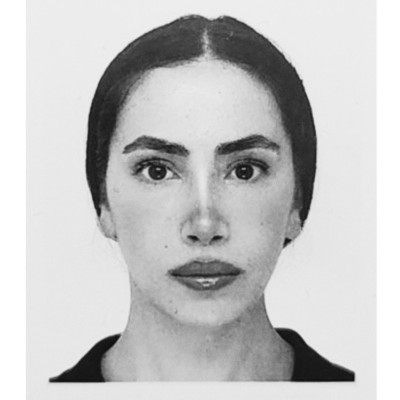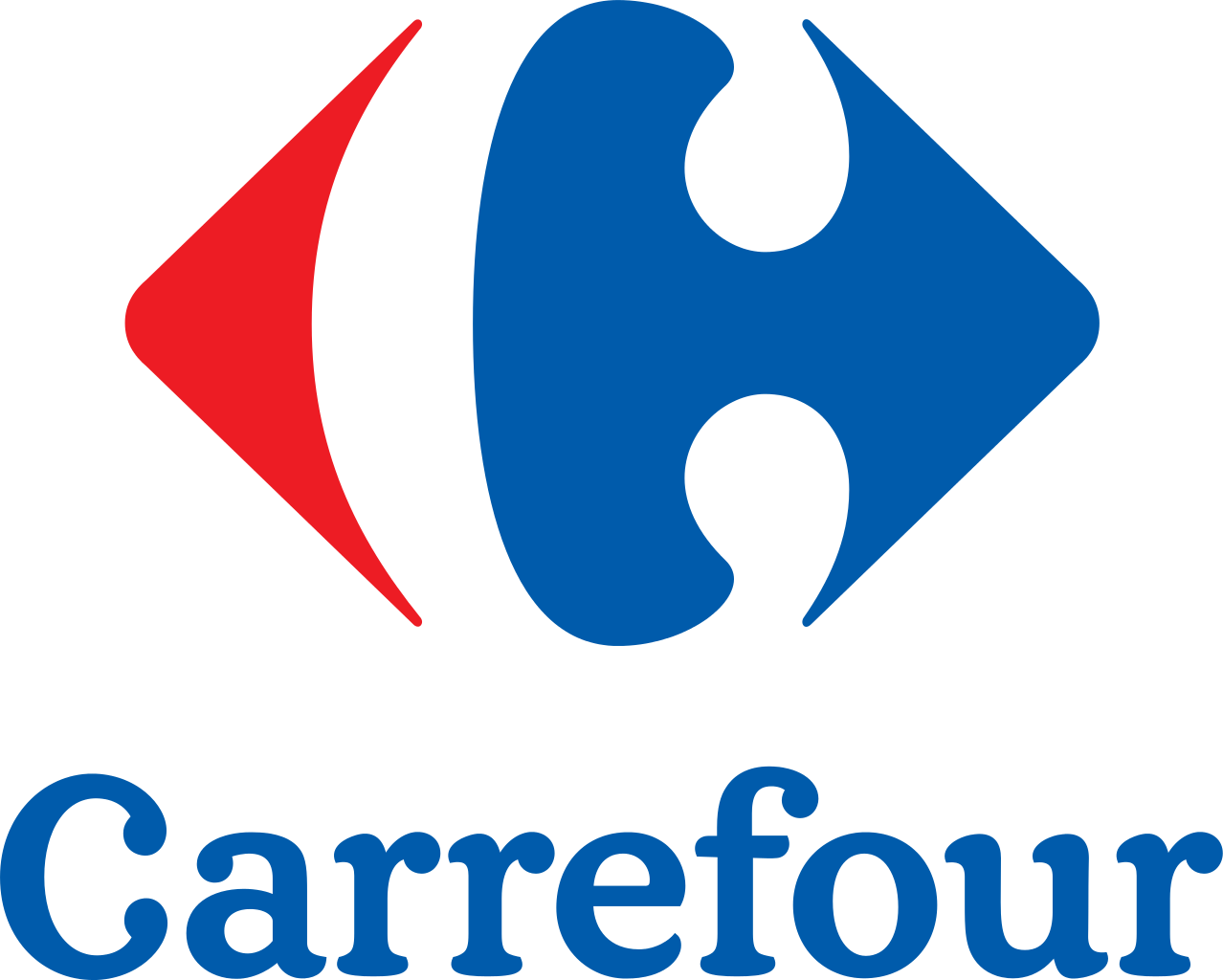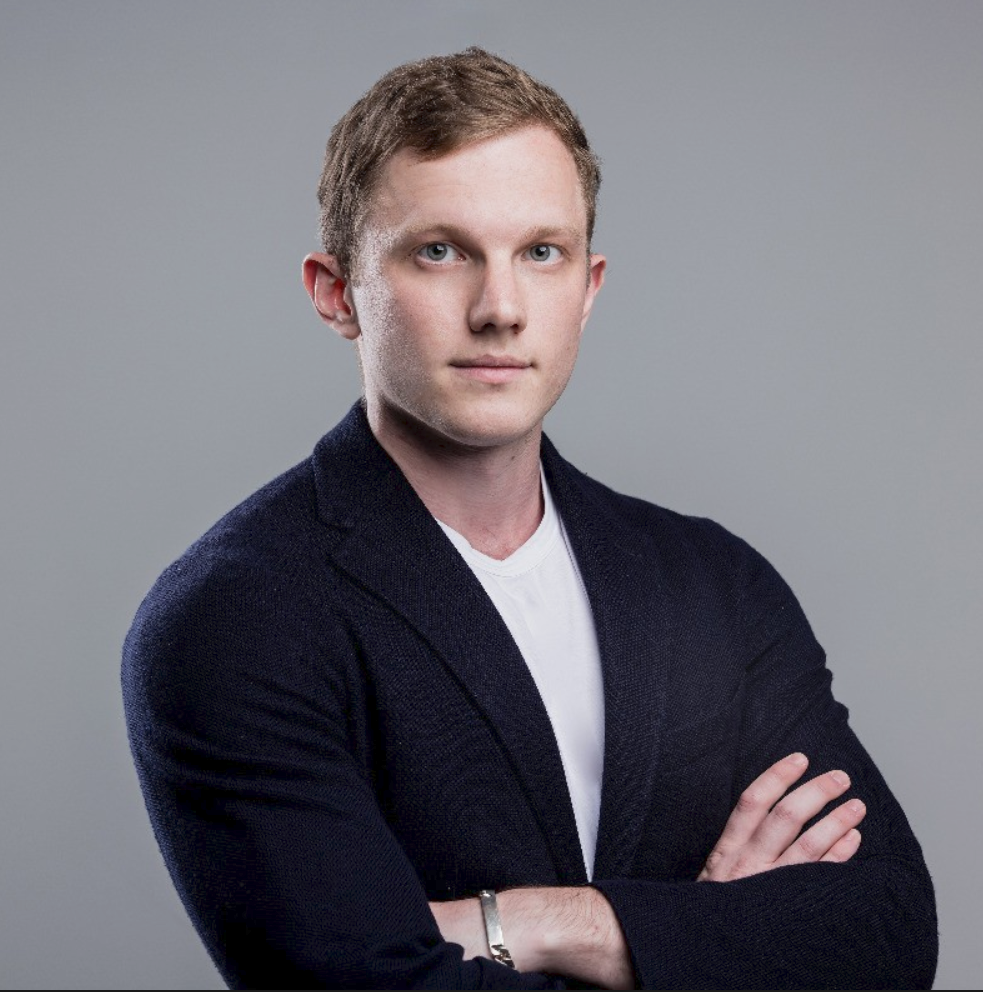My experience as a junior consultant in a communications agency

In this article, Margaux DEVERGNE (ESSEC Business School, Global BBA, 2020-2024) shares her professional experience as a trainee in Angie, a communications agency in Paris (May-August 2021).
About the company
Angie is a distinguished French communications and influence agency based in Paris, recognized for its comprehensive and innovative approach to brand communications.
Founded in 1988, Angie initially started as a press relations agency. Over the years, it has expanded its scope to provide a broad range of communications strategies and support for brands across various industries. This evolution reflects Angie’s commitment to adapting to the changing landscape of communications and influence.
Angie positions itself as a “co-influence and engagement” agency, offering an extensive array of services. These services encompass media relations, crisis management, public affairs, social media, influencer marketing, and data intelligence. Additionally, Angie excels in editorial services, including content creation, storytelling, website content, and reporting. The agency also specializes in internal communications, conducting audits, managing transformations, and producing internal magazines and newsletters. Furthermore, Angie offers expertise in corporate social responsibility (CSR) communications and business to business (B-to-B) marketing, providing content marketing, thought leadership, loyalty programs, and social selling. Their capabilities in user experience (UX) and technology, including search engine optimization (SEO) and website/app development, further enhance their service offerings.
With a team of around 60 employees (in 2020), Angie adopts an integrated approach that covers strategy, creative services, production, and execution across multiple channels (LinkedIn, Twitter, Instagram, newsletters, etc.). Angie adopts an integrated approach that covers strategy, creative services, production, and execution across multiple channels to ensure a coherent and effective campaign. This holistic methodology ensures that clients receive tailored and effective communication solutions.
Angie boasts a diverse portfolio of clients from various sectors. Well-known clients include La Poste, the French postal service, and Pôle Emploi, the French employment agency. This diverse clientele underscores Angie’s ability to cater to different industries and their unique communication needs.
As an independent communications group headquartered in Paris, Angie has expanded its capabilities by establishing subsidiaries such as Angie Edition, Angie Interactive, and 35 Mai Productions. These subsidiaries enable Angie to offer in-house content creation and production services, further solidifying its position in the market.
Although specific financial figures are not publicly available, Angie’s reputation in the French communications industry speaks volumes. The company is known for its innovative and integrated approach to brand communications and influence, establishing itself as a reputable player in the industry.
Logo of the company.
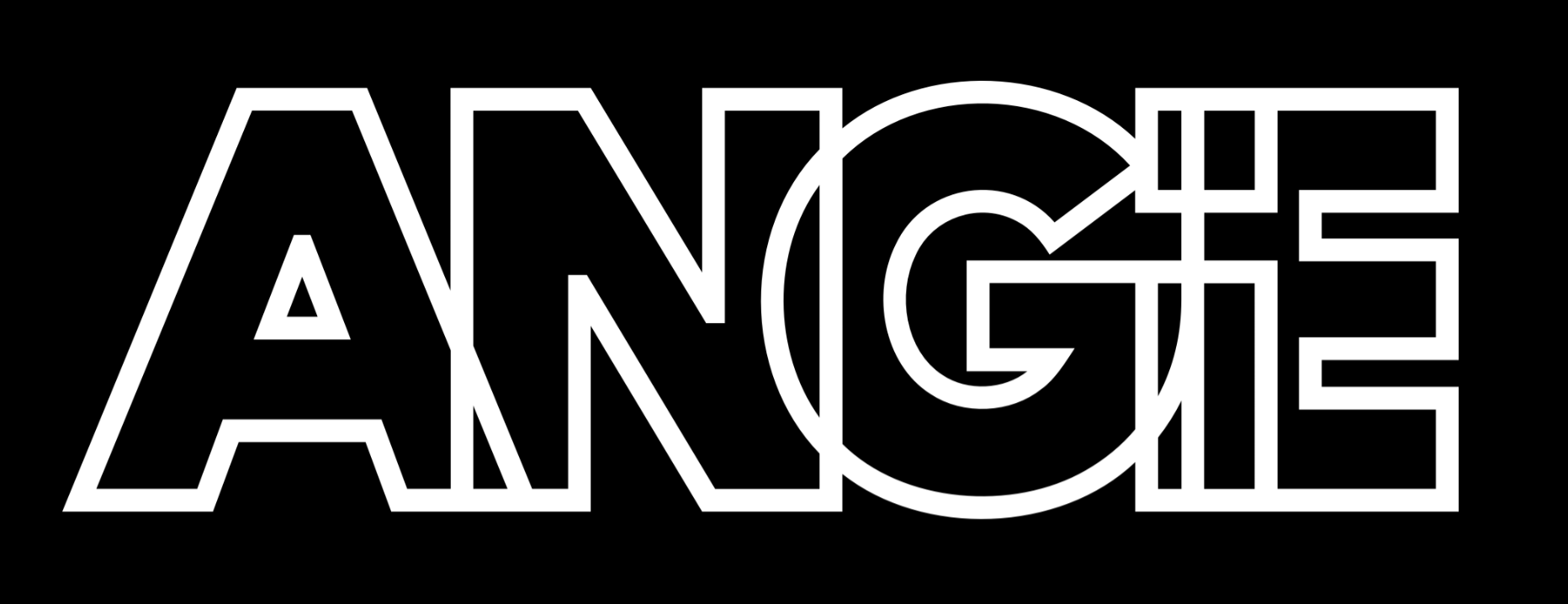
Source: Angie.
My internship
As a junior consultant trainee at Angie, I have been fully immersed in a dynamic and creative environment at the core of multidisciplinary teams. Each day, I collaborate with strategists, creatives, digital experts, and press relations officers to develop innovative 360° communication strategies for high-profile clients. My responsibilities include content curation, social media posting, weekly monitoring, newsletter writing, and performance analysis (a systematic approach used to evaluate the effectiveness and efficiency of various processes, projects, or systems within an organization). I conduct in-depth market research, analyzing online trends and conversations to uncover relevant marketing insights. Additionally, I actively contribute to the design of impactful marketing campaigns by proposing creative concepts and producing compelling editorial c (for instance newsletters, monitoring, etc…).
This internship provided me with the opportunity to develop cutting-edge expertise in the fields of influence, digital marketing, and public relations. I am gaining insights into the latest crisis management and brand communication techniques (brand messaging, visual identity, social media engagement, public relations…). Most importantly, I benefit from the personalized support of experienced consultants who generously share their expertise. Their sound advice and considerate mentoring guide me through my training at this prestigious agency. Each day presents a new opportunity to learn, grow professionally, and prepare for future challenges in this exciting sector.
My missions
As a junior consultant intern at Angie, my mission involves engaging with major business to business (B-to-B) and business to consumer (B-to-C) accounts in the luxury, lifestyle, care, and travel sectors. My responsibilities include curating high-quality content and writing tweets and LinkedIn posts for prominent companies. I am also learning to navigate and utilize the Sprinklr platform (a comprehensive customer experience management (CXM) platform designed to help businesses manage their social media presence, marketing, advertising, research, and customer service across various digital channels) effectively. Additionally, I am strengthening my skills in using X (Twitter), LinkedIn, and Canva to enhance digital communication strategies for our clients. This role allows me to contribute to the development of impactful social media content while gaining valuable experience in digital marketing and client engagement.
Required skills and knowledge
In my dynamic role as a Junior Consultant at Angie, I quickly realized the extensive range of responsibilities and the continuously evolving skill set required. Central to my role was mastering the art of communication, both written and oral. Whether crafting newsletters, coordinating with media personnel, or pitching new ideas, my goal was always to achieve clarity and resonance with the audience. It was crucial to adapt my tone and style to fit the specific audience and occasion. For example, my main clients were Orpea (a nursing home organisation) and Accor (the hotel group). Their presence on social networks is not at all the same, and neither is the target audience. For Orpea, I had to speak in such a way that families potentially interested in the services offered by Orpea could understand and appreciate the messages transmitted through the posts. On the other hand, the Accord group gave us a lot more flexibility when it came to the visual identity of the posts on social networks, because the target audience is generally young, dynamic and travel-loving.
Effective communication was not just about creating the message; it also involved measuring its impact. Here, data analytics became an invaluable tool. Metrics such as engagement rates and conversion rates provided insights into the effectiveness of our campaigns and identified areas for improvement. As the digital landscape expanded, I deepened my proficiency with tools like Sprinklr to enhance the companies’ visibility in the vast online environment.
A critical aspect of my role was crisis management. While not every day presented challenges, being prepared for them was essential. Specialized workshops in crisis communication equipped me with the knowledge and strategies to handle issues effectively, ensuring the companies’ reputations remained intact. Crisis communication is a critical aspect of public relations and organizational management that involves the strategies and practices used to manage the dissemination of information during a crisis. Effective crisis communication aims to protect and maintain an organization’s reputation, mitigate the impact of the crisis, and ensure transparent and accurate information flow to stakeholders. Key elements of crisis communication include preparedness, rapid response, consistent messaging, and empathy. By having a well-defined crisis communication plan, organizations can navigate crises more effectively, minimizing potential damage and maintaining public trust.
Understanding the essence of the concerned brands enabled me to create cohesive narratives across all communication platforms, fostering consistency and a deeper connection with the audience. The communications field is vast, with each project having its own timelines and nuances. Efficiently organizing, prioritizing, and monitoring tasks became second nature, facilitated by tools and platforms that ensured timely delivery and kept stakeholders informed.
Visual storytelling, a key component of modern communication, often involved close collaboration with graphic designers. A foundational understanding of design tools ensured that our visual campaigns aligned seamlessly with our narratives. Regular participation in industry events kept me connected and informed about the latest trends.
This journey was more than just a job; it was a continuous learning experience, keeping me up to date with best practices and evolving trends in corporate communication.
What I learned
As a junior consultant intern at Angie, a leading French communications agency, I gained invaluable hands-on experience and insights into the dynamic world of integrated marketing communications.
Strategic Planning and Execution:
I had the opportunity to participate in developing comprehensive communication strategies for high-profile clients across various industries. This involved conducting market research, analyzing consumer trends and online conversations, and translating insights into actionable plans. I learned how to craft compelling narratives, position brands effectively, and execute multi-channel campaigns seamlessly.
Content Creation and Storytelling:
Content is at the heart of modern marketing, and at Angie, I honed my skills in creating engaging content tailored for different platforms and audiences. From crafting compelling social media posts and website copy to developing thought leadership articles and multimedia assets, I learned the art of storytelling and how to captivate audiences through creative and informative content.
Digital Marketing and Analytics:
Angie’s expertise in digital marketing allowed me to gain hands-on experience with various tools and techniques. I learned about search engine optimization (SEO), pay-per-click (PPC) advertising, social media marketing, and influencer collaborations. Additionally, I developed skills in data analysis, interpreting metrics, and using insights to optimize campaigns for better performance.
Media Relations and Crisis Management:
As an integrated communications agency, Angie handles media relations and crisis management for its clients. I had the chance to observe and assist in developing press releases, organizing media events, and managing crisis situations. This experience taught me the importance of effective communication, reputation management, and maintaining a positive brand image.
Collaboration and Teamwork:
Working alongside experienced strategists, creatives, digital experts, and public relations professionals, I witnessed the power of collaboration and teamwork. I learned how to contribute effectively in a cross-functional environment, communicate ideas clearly, and leverage the diverse expertise of team members to deliver exceptional results for clients.
Overall, my internship at Angie provided me with a comprehensive understanding of the communications industry, from strategy development to execution across multiple channels. The practical experience, mentorship, and exposure to real-world projects have equipped me with valuable skills and a solid foundation for a successful career in this dynamic field.
Financial concepts related my internship
Budgeting and Cost Management
One of the critical aspects of executing successful marketing campaigns is effective budgeting and cost management. During my internship, I learned how to develop comprehensive campaign budgets, allocating resources across different channels and activities, such as content creation, media placements, influencer collaborations, and event management.
I worked closely with project managers and account executives to ensure that campaigns were delivered within the allocated budgets, while maximizing the return on investment (ROI) for clients. This involved analyzing cost estimates, negotiating with vendors, and identifying opportunities for cost optimization without compromising the campaign’s effectiveness.
Return on Marketing Investment (ROMI)
In the world of marketing and communications, it is essential to measure the effectiveness of campaigns and demonstrate their impact on business objectives. At Angie, I gained exposure to various metrics and analytical tools used to calculate the return on marketing investment (ROMI).
This concept involves evaluating the revenue generated or other business outcomes achieved because of a marketing campaign and comparing it to the total investment made in that campaign. By analyzing ROMI, clients can assess the profitability and overall success of their marketing efforts, enabling data-driven decision-making for future campaigns.
During my internship, I assisted in collecting and analyzing data related to campaign performance, such as website traffic, lead generation, sales conversions, and brand awareness metrics. This data was then used to calculate ROMI and provide insights to clients on the effectiveness of their marketing strategies.
Client Profitability Analysis
As a consulting agency, Angie’s success is closely tied to the profitability of its client engagements. During my internship, I learned about the importance of client profitability analysis, which involves evaluating the revenue generated from each client against the costs associated with servicing that client.
This analysis considers various factors, such as billable hours, resource allocation, project complexity, and overhead costs. By understanding the profitability of each client relationship, the agency can make informed decisions about pricing strategies, resource allocation, and client portfolio management.
I had the opportunity to assist in compiling data and conducting profitability analyses for various client accounts. This involved tracking project expenses, monitoring resource utilization, and identifying areas for efficiency improvements or potential scope creep that could impact profitability.
By understanding these financial concepts and their application in the communications industry, I gained valuable insights into the business aspects of marketing and communications campaigns. This knowledge will be invaluable as I continue to pursue a career in this dynamic field, enabling me to contribute to the financial success of future client engagements and agency operations.
Why should I be interested in this post?
If the world of communication within the largest French companies interests you, this post is for you! Through this experience, I realized that a significant amount of work is outsourced to specialists in the field. Combining communication, marketing, and finance primarily revolves around budget allocation and return on investment (ROI). Marketing teams must justify their expenditures by demonstrating the financial impact of their campaigns on sales, market share, or brand valuation. Calculating marketing ROI allows for assessing the profitability of investments and optimizing budget allocation.
Related posts on the SimTrade blog
▶ All posts about Professional experiences
▶ Lou PERRONEMy Experience as a Communication Officer at La Française des Jeux (FDJ)
▶ Ines ILLIES MEJIAS My professional experience as a marketing assistant at Auris Gestion
Useful resources
Angie website
Berlo, D. K. (1960). The Process of Communication: An Introduction to Theory and Practice. New York: Holt, Rinehart and Winston.
Entreprise et medias (l’Association des Directeurs et Directrices de la Communication).
Coombs, W. T. (2015). Ongoing Crisis Communication: Planning, Managing, and Responding (4th ed.). Thousand Oaks, CA: SAGE Publications.
About the author
The article was written in July 2024 by Margaux DEVERGNE (ESSEC Business School, Global BBA, 2020-2024).


